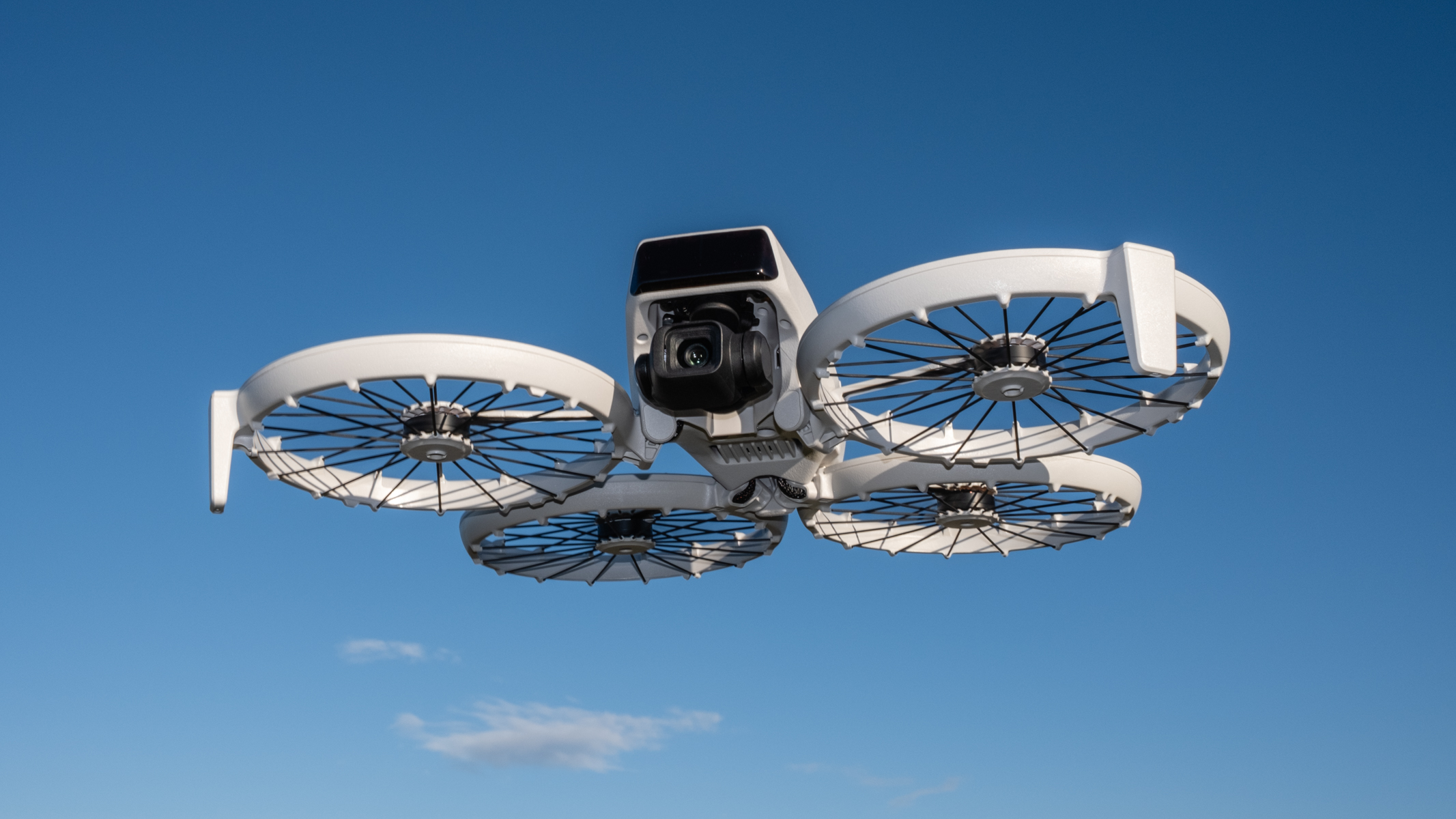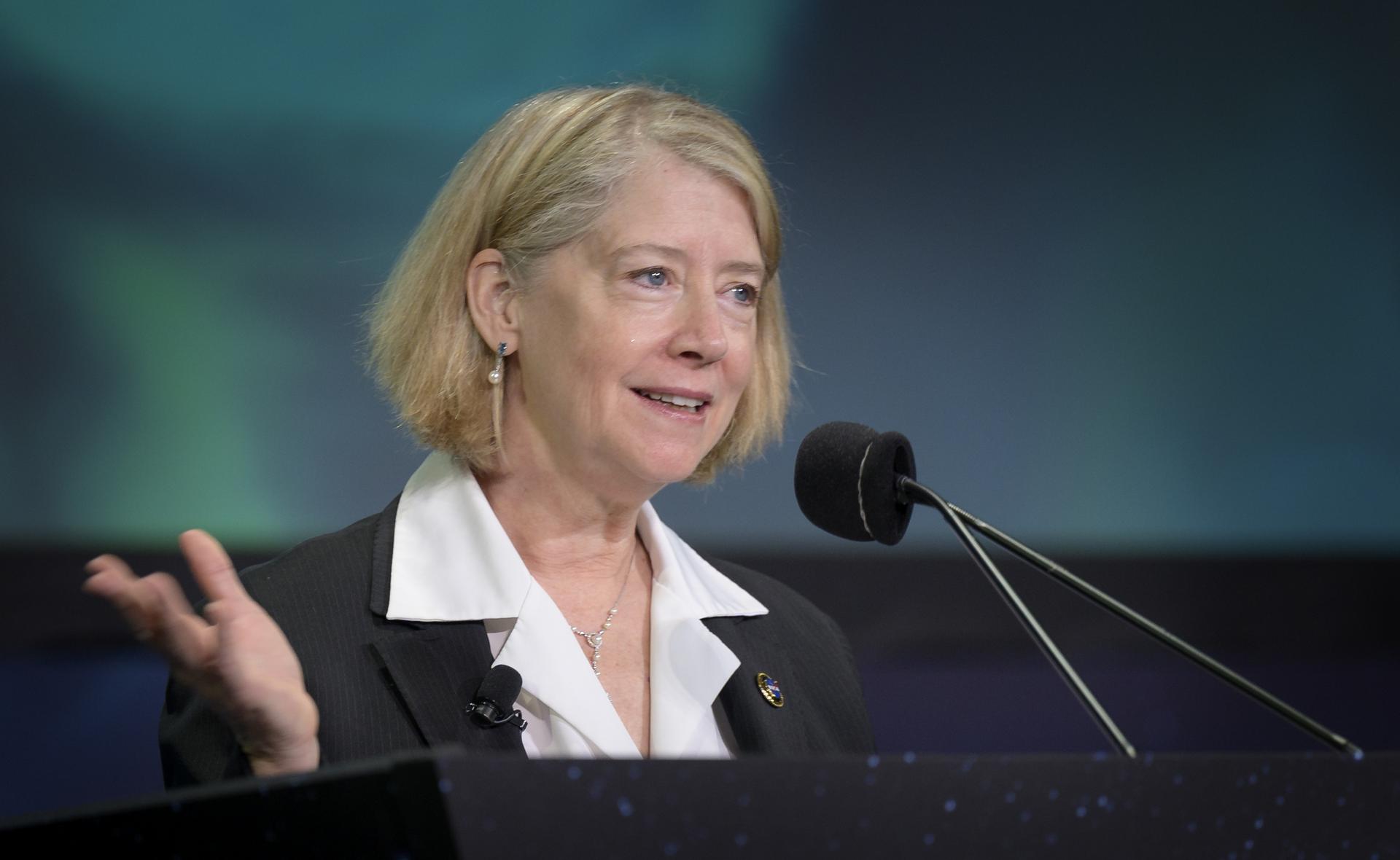New Glenn Reaches Orbit, but Doesn't Recover the Booster
On Thursday, January 16th, at 02:03 AM EST, Blue Origin’s New Glenn rocket took off on its maiden flight from Launch Complex 36 at Cape Canaveral Space Force Station. This was a momentous event for the company, as the two-stage heavy-lift rocket has been in development for many years, features a partially reusable design, and … Continue reading "New Glenn Reaches Orbit, but Doesn't Recover the Booster" The post New Glenn Reaches Orbit, but Doesn't Recover the Booster appeared first on Universe Today.

On Thursday, January 16th, at 02:03 AM EST, Blue Origin’s New Glenn rocket took off on its maiden flight from Launch Complex 36 at Cape Canaveral Space Force Station. This was a momentous event for the company, as the two-stage heavy-lift rocket has been in development for many years, features a partially reusable design, and is vital to Bezos’ plan of “building a road to space.” While the company failed to retrieve the first-stage booster during the flight test, the rocket made it to orbit and successfully deployed its payload -the Blue Ring Pathfinder – to orbit (which has since begun gathering data).
According to the most recent statement by Blue Origin, the second stage reached its final orbit following two successful burns of its two BE-3U engines. The successful launch of NG-1 means that Blue Origin can now launch payloads to Low Earth Orbit (LEO), a huge milestone for the commercial space company. “I’m incredibly proud New Glenn achieved orbit on its first attempt,” said Blue Origin CEO Dave Limp in a company statement. “We knew landing our booster, So You’re Telling Me There’s a Chance, on the first try was an ambitious goal. We’ll learn a lot from today and try again at our next launch this spring. Thank you to all of Team Blue for this incredible milestone.”
The rocket is named in honor of NASA astronaut John Glenn, a member of the Mercury 7 and the first American astronaut to orbit Earth as part of the Liberty Bell 7 mission on July 21st, 1961. This is in keeping with Blue Origin’s history of naming their launch vehicles after famous astronauts, such as the New Shepard rocket. This single-stage suborbital launch vehicle is named in honor of Alan Shepard, the first American astronaut to go to space as part of the Freedom 7 mission on May 5th, 1961.
Unlike the New Shepard, a fully reusable vehicle used primarily for space tourism and technology demonstrations and experiments, the New Glenn has a reusable first stage designed to land at sea on a barge named Jacklyn, or Landing Platform Vessel 1 (LPV1). While the second stage is not currently reusable, Blue Origin has been working on a reusable second stage (through Project Jarvis) since 2021. While development began on the New Glenn in 2013, the rocket has been stuck in “development hell” since 2016, shortly after it was first announced.
As a result, Blue Origin began lagging behind its main competitor (SpaceX) and missed out on several billion dollars worth of contracts. This included the company’s failure to secure a National Security Space Launch (NSSL) procurement contract and the U.S. Space Force’s termination of their launch technology partnership in late 2020. In 2021, the ongoing delay led to Jeff Bezos announcing that he would step down as CEO of Amazon Web Services (AWS) to take the helm at Blue Origin. By February 2024, the first fully-developed New Glenn rocket was unveiled at Launch Complex 36.
This mission not only validated the launch vehicle that is vital to the company’s future plans in space. It also served as the first of several demonstrations required to be certified for use by the National Security Space Launch program. “The success of the NG-1 mission marks a new chapter for launch operations at the Eastern Range, redefining commercial-military collaboration to maintain SLD 45’s position as the world’s premier gateway to space,” wrote Airman 1st Class Collin Wesson of the U.S. Space Force (USSF) Space Launch Delta 45 (SLD 45) Public Affairs, shortly after the launch.
These plans include the launch of Amazon’s proposed constellation of internet satellites (Project Kuiper) and the creation of the Orbital Reef – a proposed commercial space station under development by Blue Origin and Sierra Space. They have also secured a contract with NASA to launch the Escape and Plasma Acceleration and Dynamics Explorers (ESCAPADE) mission, two satellites that will study how solar wind interacts with Mars’ magnetic environment and drives atmospheric escape. NASA has also contracted with Blue Origin to provide payload and crewed launch services for the Artemis Program.

This includes the cargo lander Blue Moon Mark 1 and the Mark 2 that will transport the Artemis V astronauts to the lunar surface. This flight and those that will follow place Blue Origin among other commercial space companies poised to break up the near-monopoly SpaceX has enjoyed for over a decade. Said Jarrett Jones, the Senior VP for Blue Origin’s New Glenn:
“Today marks a new era for Blue Origin and for commercial space. We’re focused on ramping our launch cadence and manufacturing rates. My heartfelt thanks to everyone at Blue Origin for the tremendous amount of work in making today’s success possible, and to our customers and the space community for their continuous support. We felt that immensely today.”
Further Reading: Blue Origin
The post New Glenn Reaches Orbit, but Doesn't Recover the Booster appeared first on Universe Today.












![[FREE EBOOKS] Hacking and Securityy, The Kubernetes Book & Four More Best Selling Titles](https://www.javacodegeeks.com/wp-content/uploads/2012/12/jcg-logo.jpg)




































![5+ Current Hyatt Promotions [Jan’25]](https://boardingarea.com/wp-content/uploads/2025/01/3a0306f8c6f114812081ac1512008cd0.jpg?#)





























